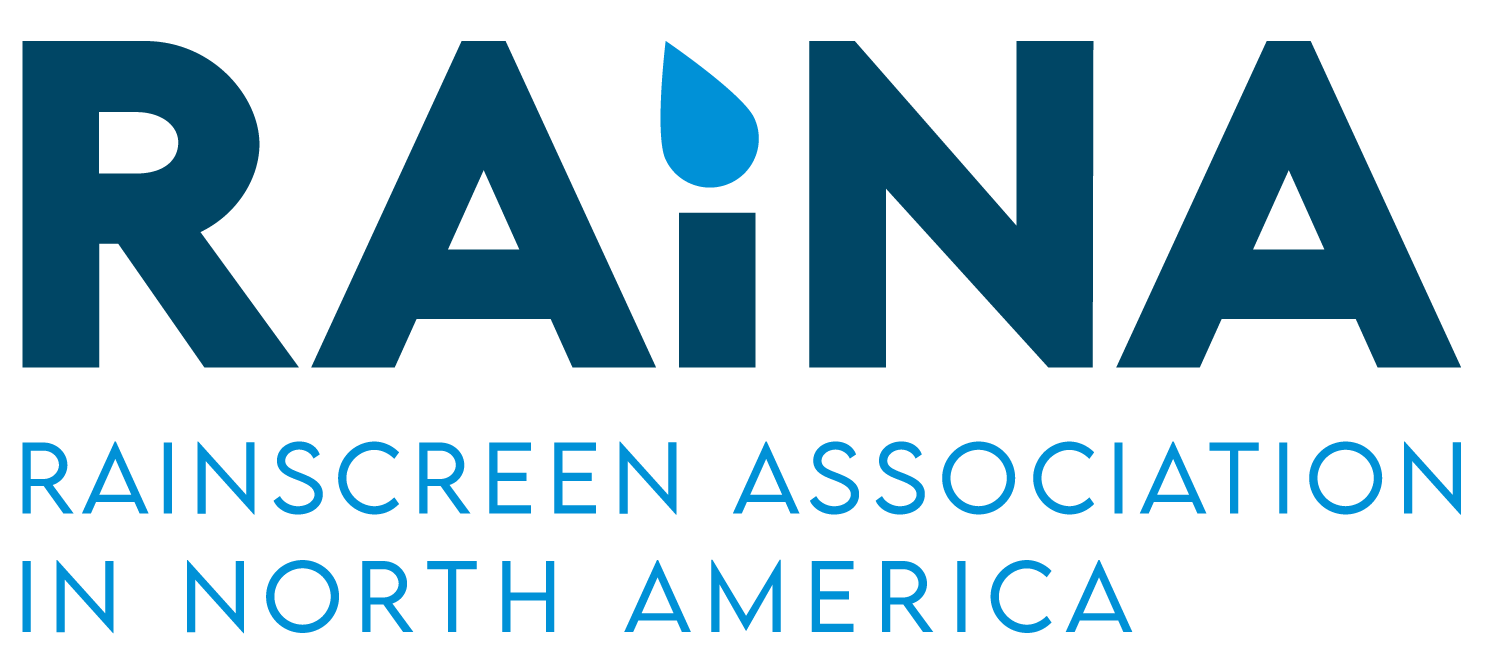RAiNA is officially launching its Partnership Training Program.
The webinar will serve to explain the program, and how RAiNA members can take advantage of exclusive opportunities to participate.
Learn how RAiNA will partner with several training organizations across the US in 2023, and how this will serve as the basis of a broader, expanded program in 2024 and beyond. Members will have opportunities for face-to-face participation, providing materials for installers to use during training, and member representatives presenting on topics pertinent to their part of the rainscreen assembly. A successful training program will result in a larger pool of knowledgeable installers servicing local markets with training in rainscreen concepts, component installation, and familiarity with products used in rainscreen assemblies. RAiNA members will also be able to draw upon networks of trained installers for servicing rainscreen projects across North America. Members that choose to participate in the trainings will be working side-by-side with trainees in assembling the hands-on rainscreen mock-up.
The presentation is approximately 20-30 minutes.
Presented by: Steven Gaynor, RAiNA Vice Chairperson
RDH x RAiNA Deep Dive into Rainscreens: 8-part Webinar Series
Deep Dive into Rainscreens Deep Dive into Rainscreens is a multi-session, live, online learning experience that will enhance building industry professionals’ understanding of rainscreen wall assemblies. This series explores typical components and performance attributes of a rainscreen wall and shares research-backed recommendations, real-world examples, and practical application guidance.
This series is delivered by RAiNA and RDH Learn Building Science.
| Session 1: The Introduction by Graham Finch | View |
| Session 2: Rainscreen Walls – A look Back by Dr. John Straube | View |
| Session 3: Defining Drainage by Dr. John Straube | View |
| Session 4: The Value of Ventilation by Dr. John Straube | View |
| Session 5: The Last Line of Defense by Graham Finch | View |
| Session 6: Exterior Insulation, Cladding Attachments by Daniel Haaland | View |
| Session 7: The First Line of Defense by Dr. John Straube | View |
| Session 8: Pressure Equalization and Compartmentalization by Dr. John Staube | View |
Continuing Education Credits and Field Training
The Education and Training committee is dedicated to developing AIA Continuing Education courses, as well as hands-on field training courses.
